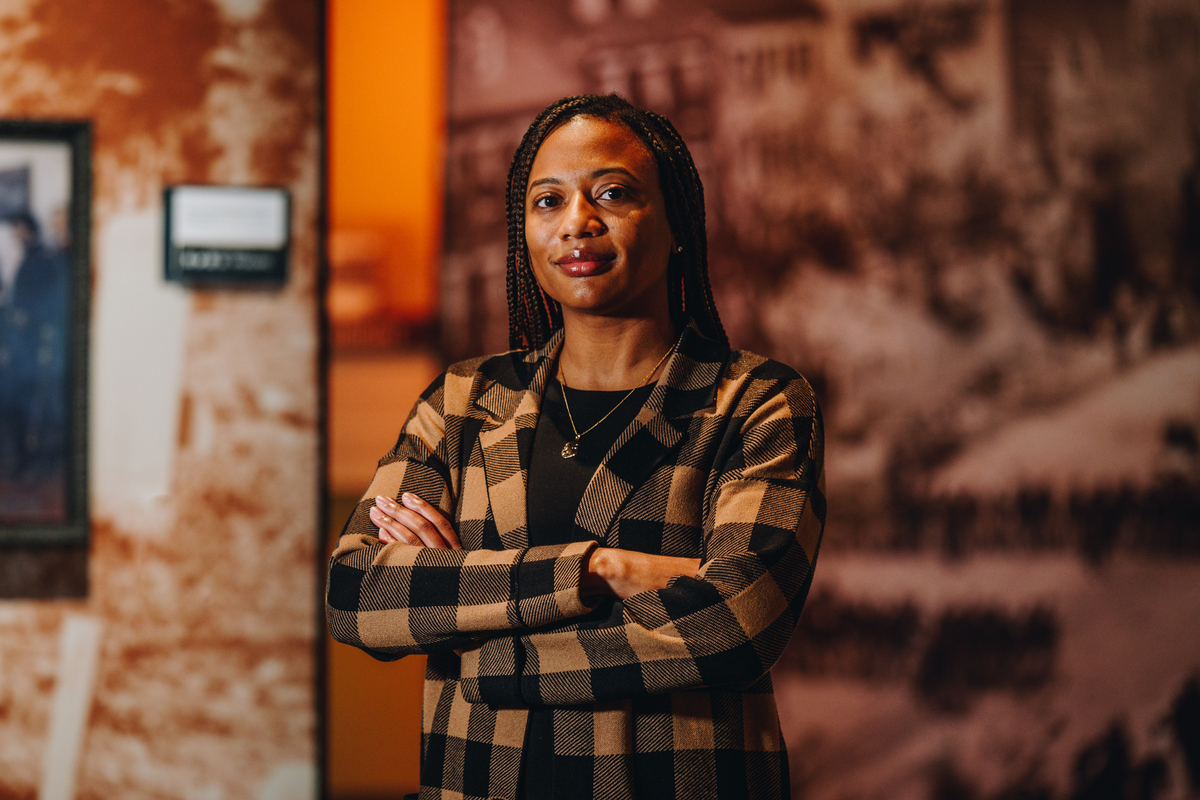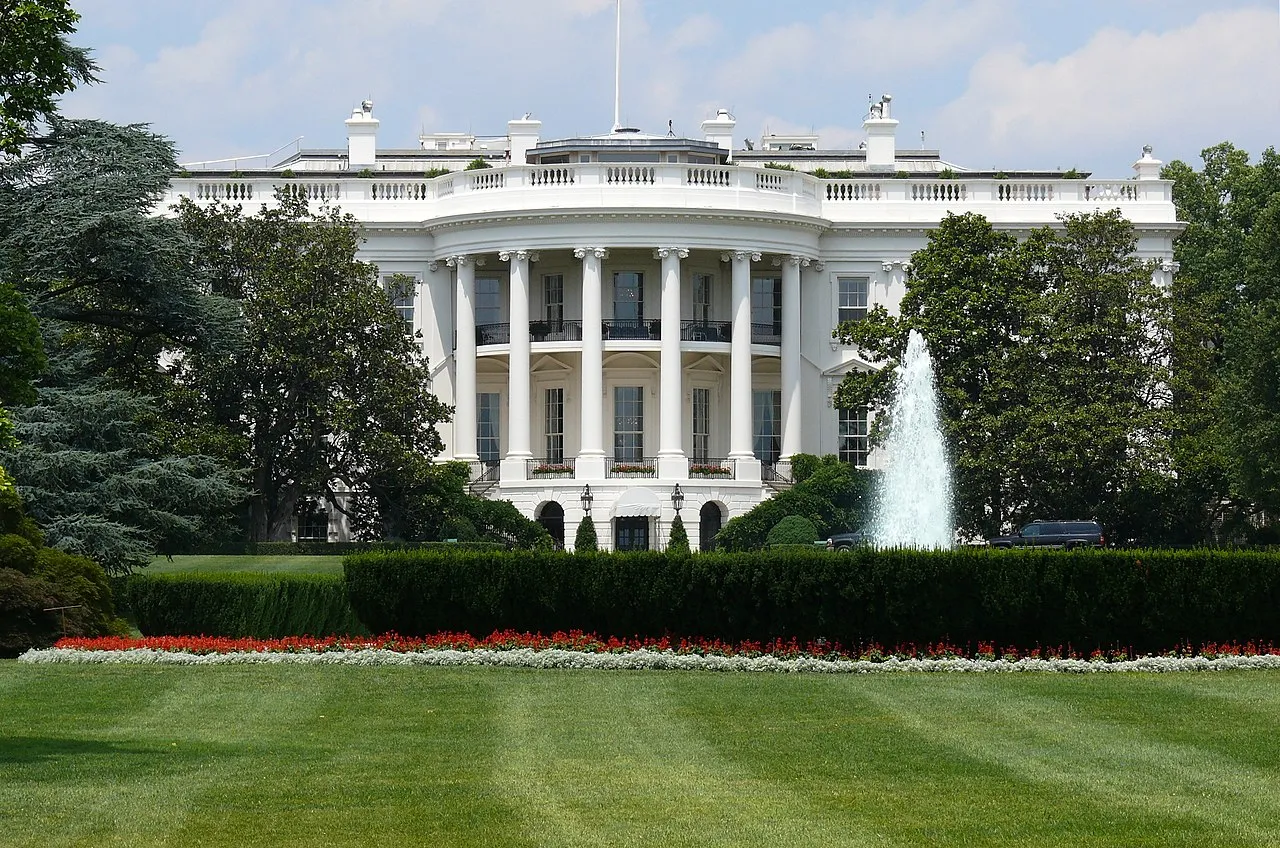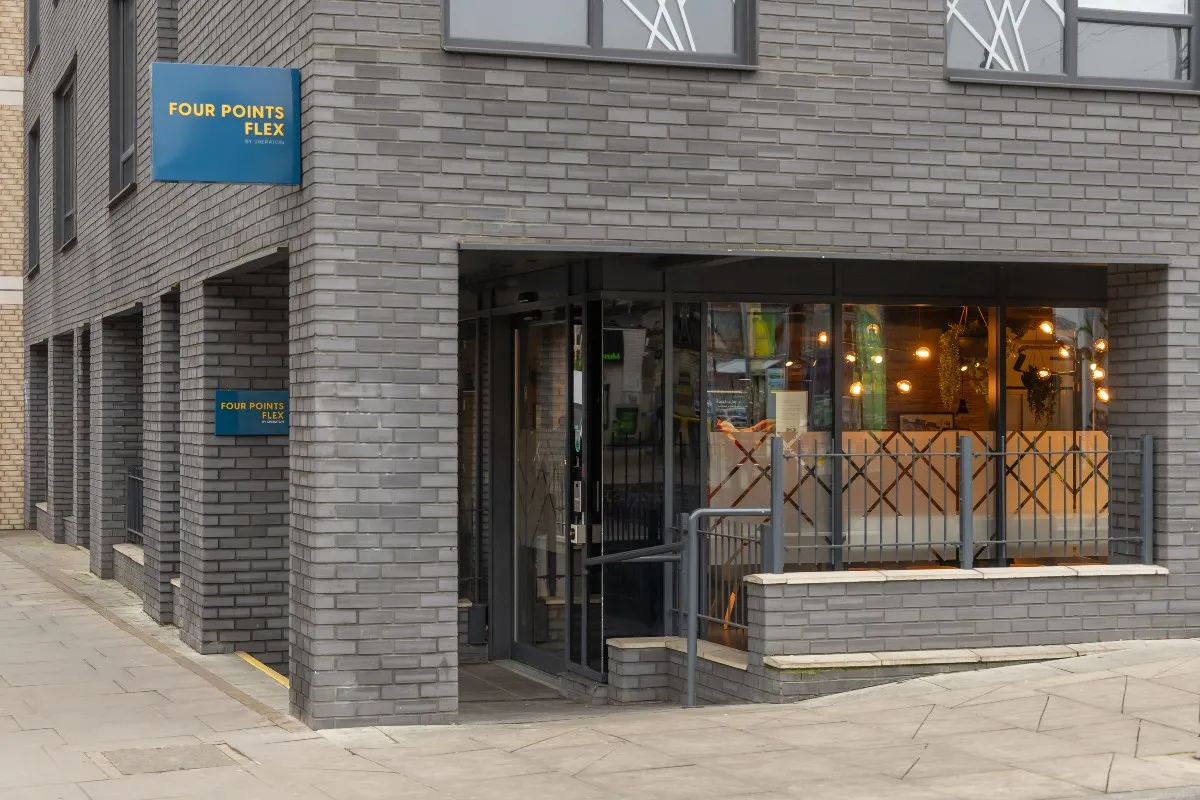Delivering Uneasy Lessons to Tourists About the Lasting Legacy of Slavery

Skift Take
Stephanie Lampkin freely admits that her work entails dealing with arguably the most shameful aspect of U.S. history — slavery — and its continued impact on the country.
But as a growing number of states have taken steps in recent years to restrict the teaching of African American history, she firmly believes it's more critical than ever as the curator of the National Underground Railroad Freedom Center in her hometown Cincinnati to explain how the legacy of slavery continues to shape the U.S. even after it was abolished close to 160 years ago.
The museum, which tells the story of the secret network of activists helping slaves escape the South during the early-to-mid 18th century, traditionally sees its largest visitor numbers in February, Black History Month. Roughly 4,300 visitors came to the NURFC in February 2022, and it's poised to see big crowds again for the events it's planned during this Black History Month.
"I know within the current climate there are some places that are even discussing the value of African American history, and I think that’s really the wrong question," said Lampkin, adding that issues plaguing the U.S. such as inequality and systemic racism can be linked to slavery.
"It is American history, so the story exists whether you want to tell the story or not. It’s our responsibility to preserve or share that story. And really inspire other people when they look at that history to truly understand that this was a country built on slave labor."
Lampkin's desire to tell the story of an important chapter in U.S. history led her to the NURFC, where she's worked since June 2021. She oversees the center's collections, which include items such as newspapers, political cartoons and photographs from that timeframe. Those materials, Lampkin believes, speak to the fortitude of African Americans.
"There are all these moments in which you see the creativity, the expression, the perseverance, the resilience within Black history that when you look at the history of the Underground Railroad, you see these great movements of resistance and survival," Lampkin said, citing in particular the Black press that was established during the period.
While Lampkin has had a deep interest in history since high school, she credits her PhD dissertation at the University of Delaware on 18th century Florida for helping drive her interest in researching the Underground Railroad. Lampkin became particularly fascinated by the movement of enslaved people in South Carolina and Georgia south to seek freedom, which she admits feels counterintuitive since the South was associated with cotton and slavery. The museum features space dedicated to those communities in Florida established by freedom seekers.
The opportunity to share her findings about the Underground Railroad was a major reason Lampkin, who had held previously held museum roles in collections management and visitor services, among other positions, sought the curator role at the NURFC. She believes a trip to a museum has been a moving experience for many visitors.
"(It's) always great when we have people see the material for the first time and actively engage with it," Lampkin said. "And they have these revelations because it's a part of history they did not learn or did know."
"Or we'll have people come back and be able to recall things that stood out to them when they first visited us years ago, so that's always exciting."

Lampkin cites the center's slave pen, a structure that temporarily housed enslaved people, as one particularly memorable artifact for many visitors. The museum has obtained other materials from the 19th century through donations from collectors, which its staff verify by examining records from local historical societies and courthouses, among other places. In the case of the slave pen, Lampkin said the center was able to access court records and land deeds.
"It does takes a lot a lot of research to really understand what the artifact is because its our responsibility to share the history as accurately as we can," she said.
Lampkin admits her feelings are complex when she sees materials such as slave letters and chains used during the Underground Railroad era. But she believes that telling the truth about U.S. history can be a form of healing. And she maintains the museum can play a critical role in molding activists.
"We always encourage people to consider these stories and this history and how they can be agents of change and modern day abolitionists," Lampkin said.
"One thing we really emphasize at the National Underground Railroad Freedom Center is what can you do to take action. We’ve shown you all these examples of people who did something about it."





